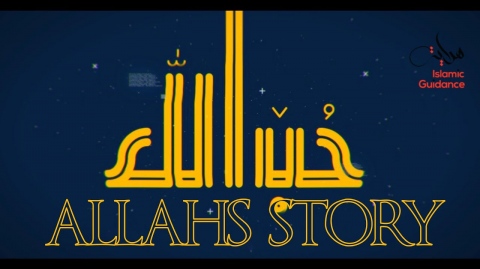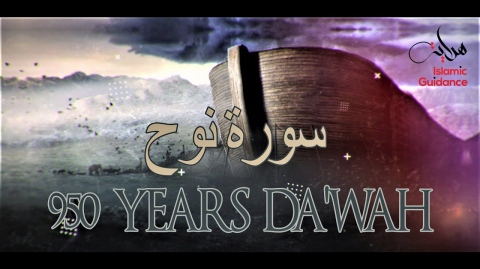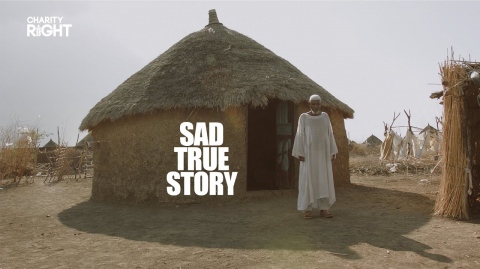Medieval Baghdad - Greatest City In The World
5 years ago
05:03
8,127 views
The first nucleus of the city of Baghdad was the “Round City” (Madinat al-Salam) founded by the Abbasid caliph al- Mansur in 762 AD and completed in 766 AD on the west bank of the Tigris in a strategic location in the middle of Mesopotamia.
The city, known as ‘the Round City’, was built as two large semicircles with a mosque at the centre and housed the caliph’s palace, libraries, government and military buildings. It also contained parks, gardens, squares and wide avenues.
Residential areas for all but the most important people, markets and businesses were built outside the city walls.
Until its destruction by the Mongols in 1258, Baghdad was a world centre of culture and learning. This period is sometimes known as the Golden Age of Islam.
It is estimated that during the period c900-1200 the population of Baghdad reached between 1,200,000 and 2,000,000 people.
The House of Wisdom housed a library and attracted scholars from around the world who translated texts from the classical world into Arabic. Much ancient knowledge was preserved and the development of Islamic theology, philosophy, science and medicine was stimulated.
The city, known as ‘the Round City’, was built as two large semicircles with a mosque at the centre and housed the caliph’s palace, libraries, government and military buildings. It also contained parks, gardens, squares and wide avenues.
Residential areas for all but the most important people, markets and businesses were built outside the city walls.
Until its destruction by the Mongols in 1258, Baghdad was a world centre of culture and learning. This period is sometimes known as the Golden Age of Islam.
It is estimated that during the period c900-1200 the population of Baghdad reached between 1,200,000 and 2,000,000 people.
The House of Wisdom housed a library and attracted scholars from around the world who translated texts from the classical world into Arabic. Much ancient knowledge was preserved and the development of Islamic theology, philosophy, science and medicine was stimulated.


 English
English Български
Български No filter
No filter






